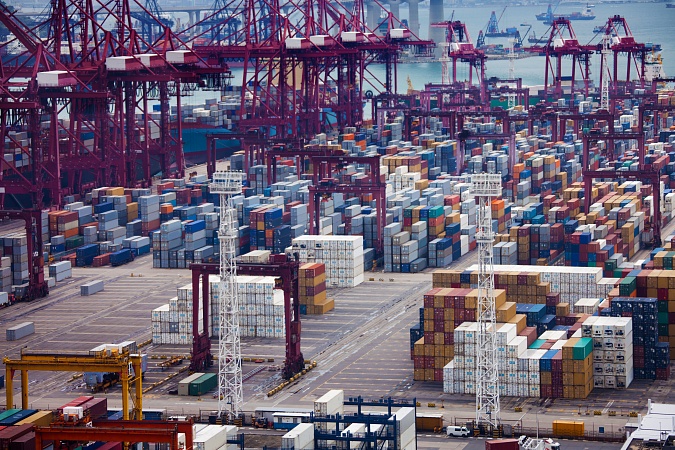Pricing and availability indicators suggest that carriers are prioritising getting empties back to Asia in order to maximise yields on headhaul services rather than wait for less lucrative backhaul cargoes, according to data from container leasing platform Container xChange.
For shippers this has led to prices for secondhand containers rising despite availability indices pointing to higher availability of boxes in European hubs.
«The confluence of theoretical high availability and soaring prices for boxes strongly indicates that container lines are prioritising empty containers over export cargo from Europe,» said chief executive Johannes Schlingmeier. «There were signs of this even before the Suez Canal closure in late March.
«The latest figures suggest the additional disruption this caused has exacerbated the situation and made it even harder for exporters to find empties.»
Between January and April average prices for used 20 ft containers across Europe rose 57% from $1,348 to $2,119.
Container xChange’s Container Availability Index, in which a number above 0.5 shows more loaded containers entering a port than leaving, has entered positive territory since the start of the year.
In Hamburg, the average CAx reading this year to date is 0.75 compared with 0.39 in the first half of 2020, while at Rotterdam the reading is 0.71 this year, compared to 0.46.
CAx readings for week 19 decreased by on average 4.5% to values of 0.85 across dry-container sizes in Hamburg, 0.79 in Rotterdam, and 83.5 in Antwerp, indicating an ongoing surplus of incoming boxes.
«An increase in incoming shipping containers by 4%-5% over the next weeks is likely to not only increase CAx readings but also contribute to slowly decreasing container prices again,» said Dr Schlingmeier. «These are good times for equipment owners across Europe as indications are that even if container prices dip slightly, scarcity will remain until carriers change tack and start looking for more backloads.
«As a result, container prices are likely to remain at elevated levels for some time, although we do think availability for exporters will improve in the coming months.»




